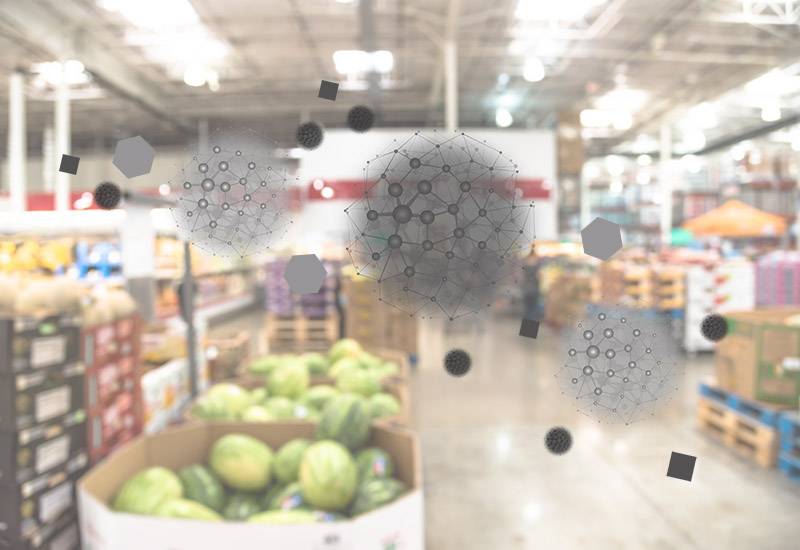When we eat and drink, we place our trust in the food and drink being safe, rather than worrying about what contaminations it may have been exposed to. But this can be a real danger, so here is our guide to food contamination.

If you work in the food industry, you aren’t just an employee, you’re also a customer. So you’re aware of the dangers that exist for food safety and why it’s so important to take the necessary measures to prevent them. Using the HACCP approach is the bare minimum to ensure that customers can eat and drink with confidence.
When we talk about food contamination we’re talking about something coming into contact with the food that shouldn’t be there, whether it is germs or some other kind of problematic substance from the food production process. Whatever the contamination might be, it has the risk of endangering public health.
Food contamination can occur at any point in the production process and there are three main types that you need to be aware of in order to prevent them from happening:
1. Cross contamination
This is when particles like grain, eggshells, shellfish, spices, sugar, corn starch or flour accidently come into contact with the food to be processed. This can be even worse if those particles happen to have been contaminated already by germs.
2. Particle contamination
This happens when particles of something like dust or pollen get into food during the production or packaging process.
3. Microbial contamination
This kind of contamination happens when micro-organisms like bacteria or mould get into the food, usually because of inadvertent contact with the workforce involved in the production.
So, as you can see, there’s lots of opportunities for various types of food contamination to take place at all stages of the process of producing it. Utilising HACCP principles is essential to ensure compliance and to provide a trail of documentation that will allow you to trace back any contamination to its source and ensure it doesn’t happen again.
Legal compliance is of course a major factor you need to consider when preventing contamination of food and beverages, but the main one has to be consumer health. Sending out contaminated food or drinks risks causing illnesses and even deaths. If this happens because of poor processes, the legal and reputational damage will be catastrophic but secondary to the human impact.
There are many steps needed to take to minimise the chances of food contamination, but keeping the air as clean as possible is an obvious step and this can be achieved with the powerful air purification systems from Zehnder Clean Air Solutions.
After all, no microorganism in the world can contaminate the food you’re producing if it’s been pulled out of the air before it gets anywhere near it.
To complete your subscription to our newsletter, simply click on the link in your inbox. If you don't receive anything, check your spam folder to be sure.